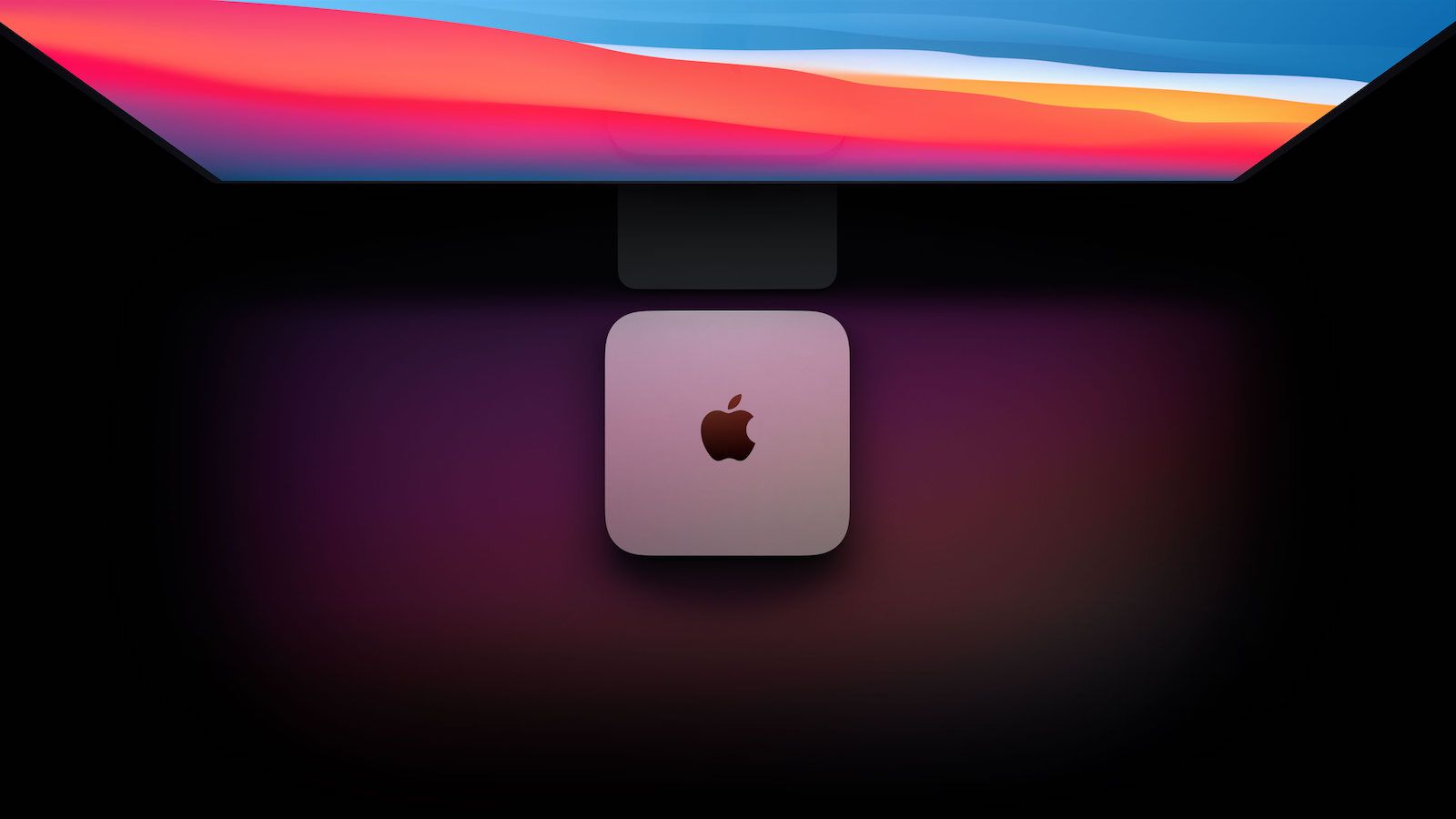- M2 Pro/Max is reported to have 12 CPU (8/4) cores instead of 10 (8/2), which hints at a newer architecture than A15. A15 did not have an increase in CPU cores.
- Usage of 4nm, which is what the A16 is expected to use. This means both M2 and A16 will be using the exact same node, which probably helps in development and testing.
- 2-year update cadence to M series seems likely at this point. Basically, M series will always skip one generation of the A series. M3 would be based on A18. Makes a ton of sense because these chips are much more complicated to design and manufacture than the A series. Pretty hard to design a new M Ultra every year.
- M1 and A14 were released within a month of each other. This suggests that Apple develops the base M and the A in tandem. A15 has already come and gone. It could be that Apple is developing the A16 and M2 in tandem instead of the A15.
- All rumors point to a second-half 2022 launch for the new M2 Macbook Air which aligns with the 2-year cadence.
- The A series could be adopting a cycle of a big performance increase generation followed by an efficiency generation. A14 was a big perf increase. A15 was mostly an efficiency increase + higher GPU core count. M series might always be based on the big perf increase generation.
If this is true, then the M2 will be a very good upgrade over the M1. It will combine the efficiency improvements and higher GPU cores from A15, and maybe the perf and higher CPU cores from A16. Plus, it will be using a slightly improved node.
However, I'll probably skip and upgrade my M1 Pro when the M3 hits, because it'll likely use 3nm, which is a proper node shrink from 5nm.
Last edited:




